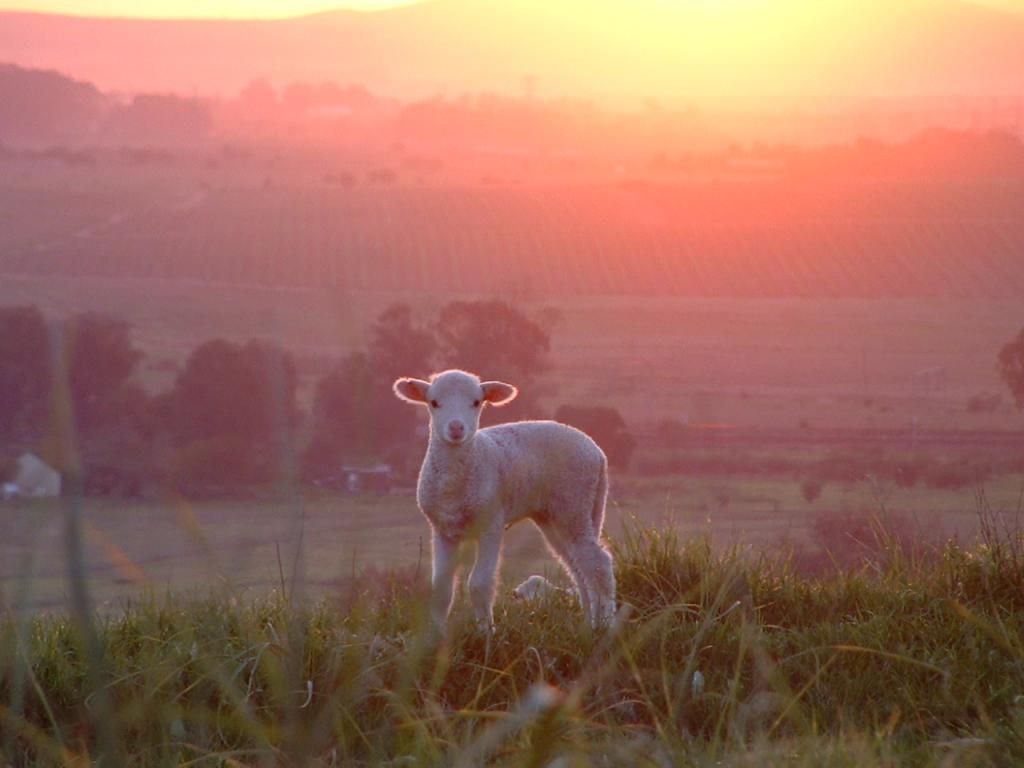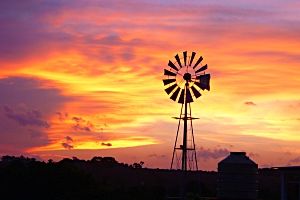The first few
hours of a lamb's life are the most critical. If the lamb does not nurse
shortly after birth, it will weaken rapidly. The lamb should only receive
assistance to nurse if it is necessary. Best results are obtained if the lamb
is allowed to nurse naturally, without assistance.
Colostrum, the
first milk produced by the ewe, is essential to the new born lamb. Colostrum
contains high levels of antibodies that are necessary to combat infections. It
is also rich in various vitamins and minerals.
Lambs must be
provided colostrum within the first eight hours after birth for protection with
the antibodies. In the event that natural colostrum cannot be obtained, a synthetic
colostrum may be used.
Occasionally,
very weak lambs also need supplemental colostrum. Colostrum must be available
to provide energy, protein, minerals, vitamins, and essential antibodies that
provide the lamb with vital resistance to disease.
Very weak lambs
may be fed with a stomach tube. Weak lambs may also be revived with a
subcutaneous injection of 25 to 50 ml of a 5% dextrose solution.
One popular
supplemental colostrum formula consists of 24 ounces of cow's milk, 1 beaten
egg, 1 teaspoon cod liver oil, and 1 heaping tablespoon of sugar. Feed this
formula at the rate of 6 ounces per lamb, four times daily. This substitute
colostrum is more valuable than no colostrum, but it does not contain the
necessary antibodies.




























